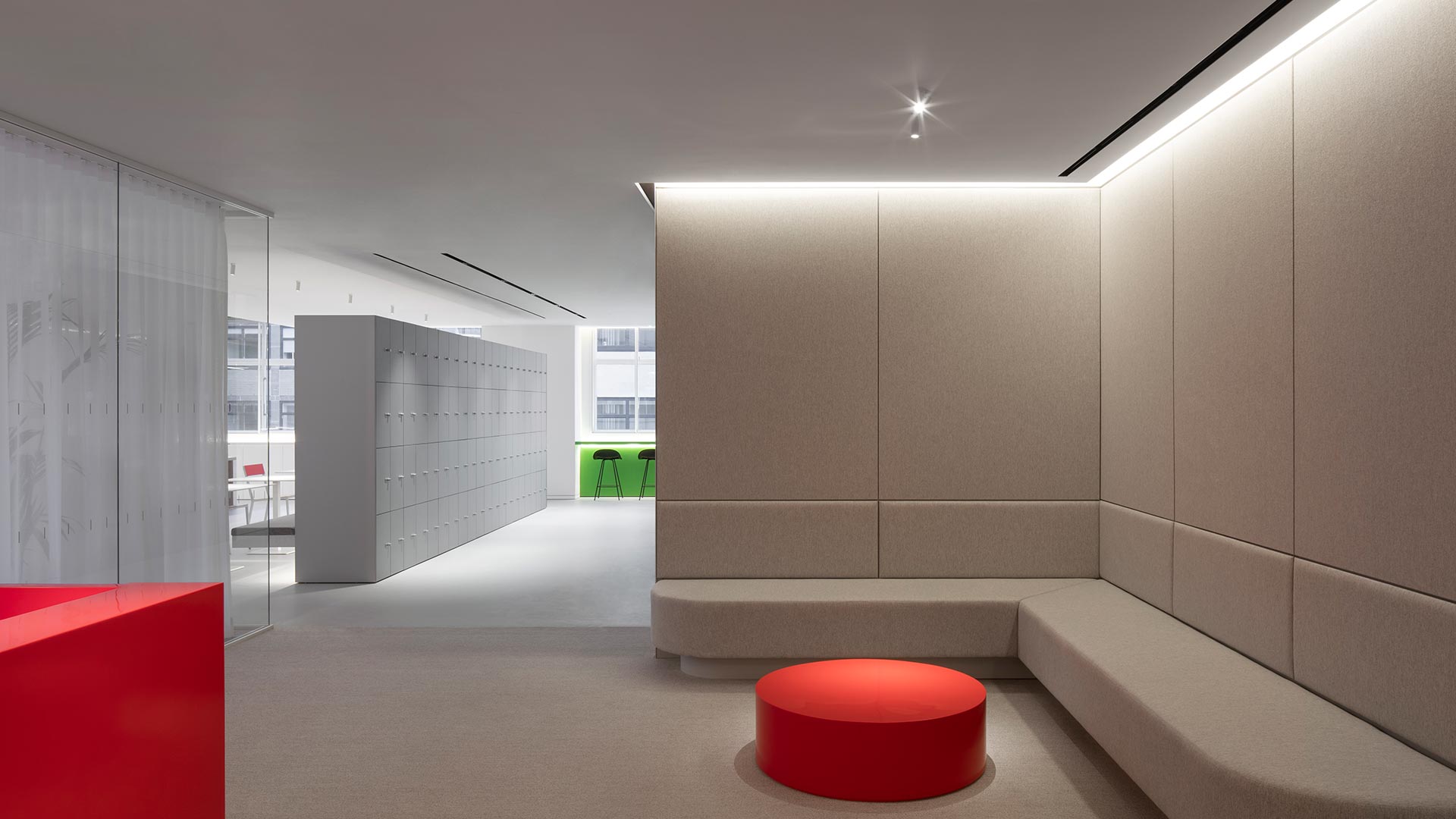How do we design in a neurodiverse light?
There is a growing awareness of another style of thinking classed as ‘neurodivergent’ that refers to how a person’s brain can process, learn, or behave in a different manner from what is considered ‘typical.’ A neurodivergent person may struggle to process visual information or experience hypersensitivity to visual aspects such as light, glare, flicker, and patterns.
Consideration needs to be given to the effect that lighting can have on the neurodiverse. For some, it may be disorienting to be in a space with a high contrast between light and shadow. High illuminance levels are a common issue amongst people with ADHD. Long, continuous linear lights may prove distressing to some with dementia.
So, how do we design for all possible variations of neurological thinking? Do we strip our concepts back to the essentials and cater to everyone, but run the risk of creating unimaginative, monotonous spaces?
Or do we carry on as we are and design to maximise the space rather than consider the types of people using it? There must be a balance; a way to incorporate both approaches and produce a creative and appealing lighting scheme that doesn’t distract or cause discomfort.

Images © courtesy of the client
When lighting is understood in this context, it’s important to consider the following:
Areas that require high illuminance should work in conjunction with those that need lower levels. We should give people the ability to adjust light levels to suit their personal requirements.
A mix of different lighting elements in a space can offer visual respite. Quiet and muted visual areas should be created to counteract those where high visual stimuli are necessary but might prove overwhelming.
Visually stimulating environments can cause confusion, distraction, and distress. We can go some way to alleviating this by avoiding contrasting patterns and colours, and by employing gradual changes between light scenes.
Read the full Nulty+ Trends in Lighting Design 2023 report here.


